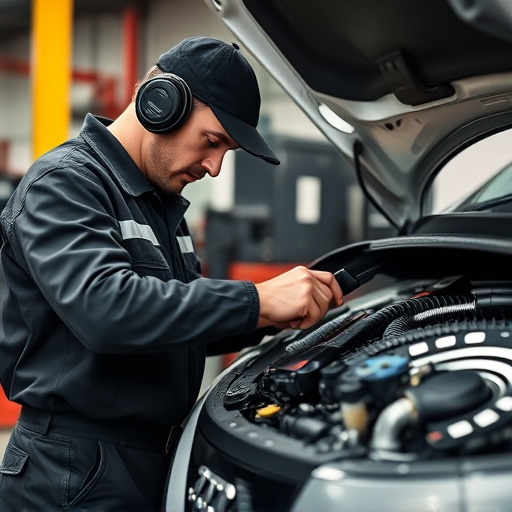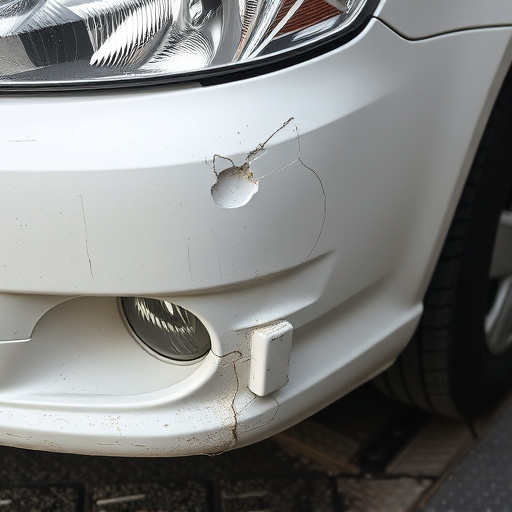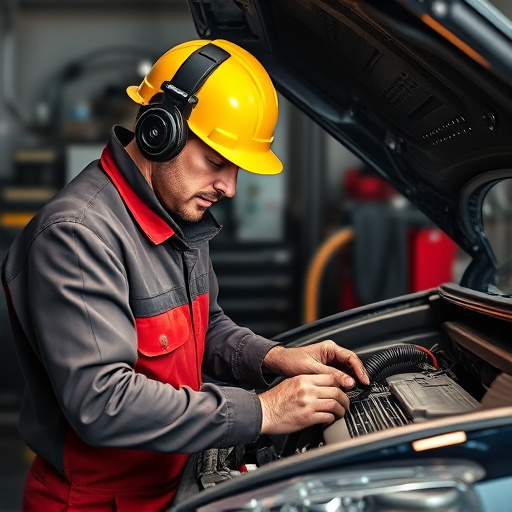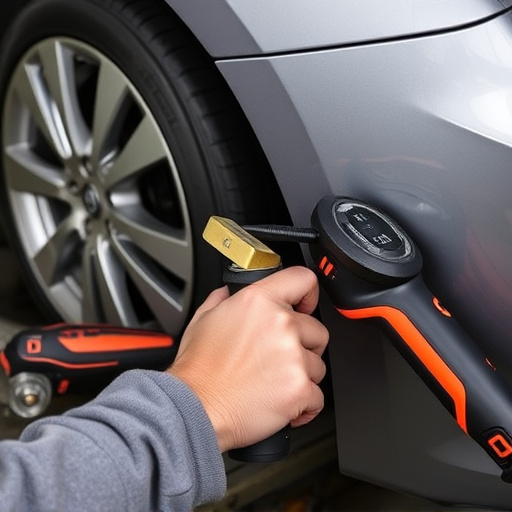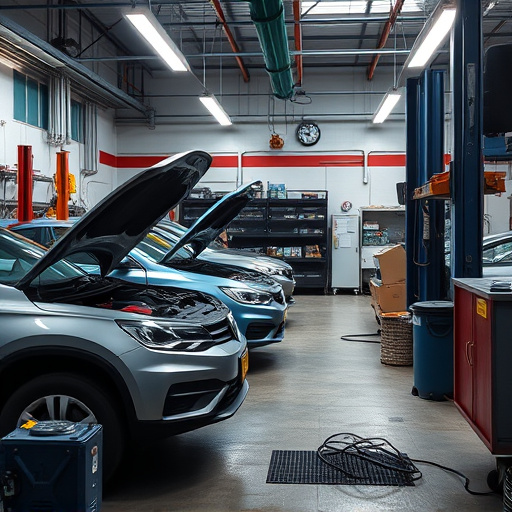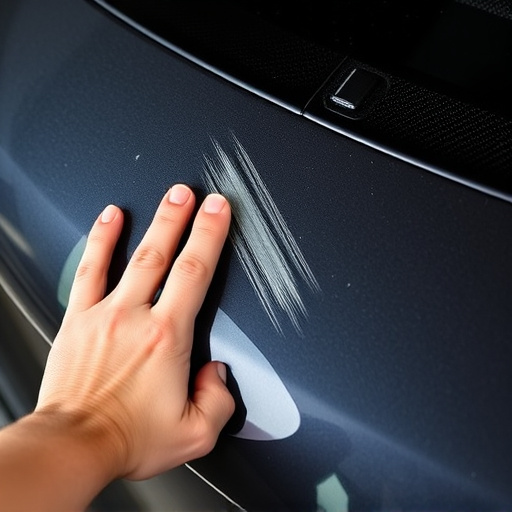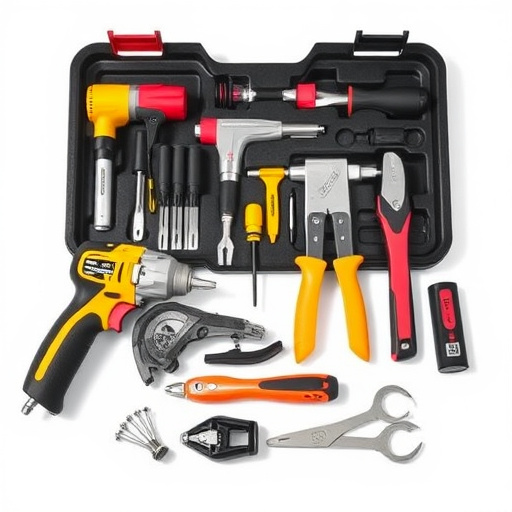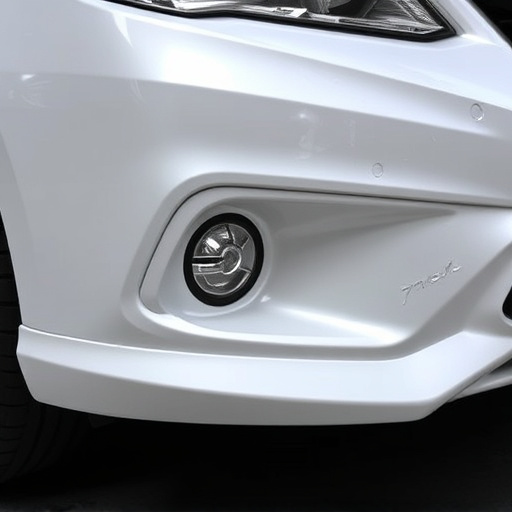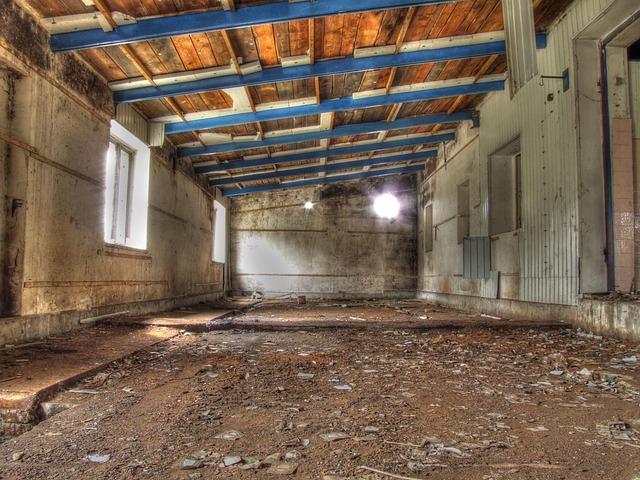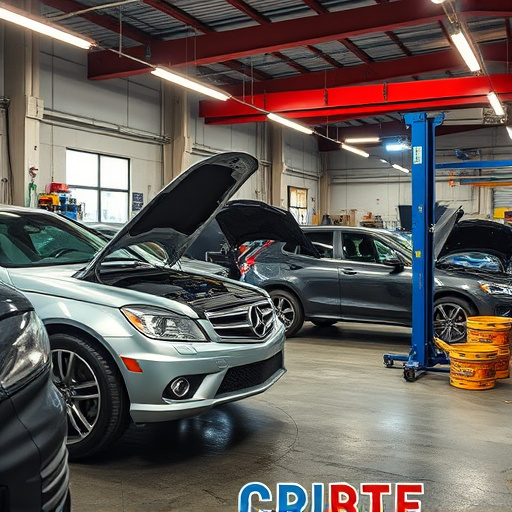Delay concerns in collision repair stem from complex damage, shop backlogs, part availability, and insurance coordination. Streamlining processes with optimized workflows, digital record-keeping, advanced tools, and CAD software expedites repairs, enhancing customer satisfaction. Open communication manages expectations, builds trust, and prepares clients for potential hurdles during collision repairs.
Managing delay concerns is a critical aspect of ensuring a smooth and satisfying collision repair experience. This article delves into the common causes of delays in collision repair, offering actionable strategies to streamline processes and minimize wait times. By implementing efficient communication tactics, you can better manage customer expectations and maintain high levels of satisfaction despite unforeseen challenges. Get ready to revolutionize your approach to collision repairs.
- Understanding Common Causes of Delay in Collision Repair
- Streamlining Processes to Minimize Wait Times
- Effective Communication for Better Customer Satisfaction During Delays
Understanding Common Causes of Delay in Collision Repair
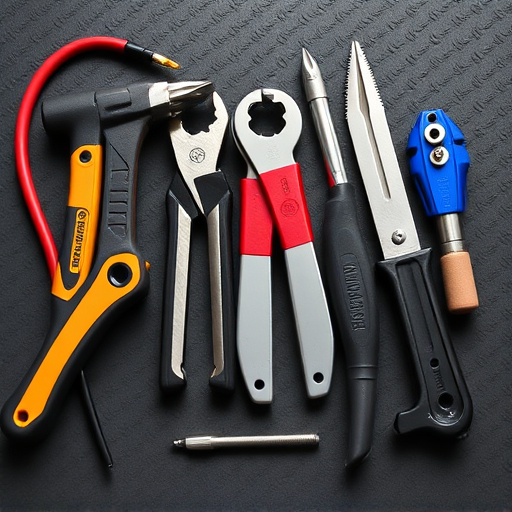
Many factors contribute to delay concerns in collision repair, and understanding these common causes is the first step toward smoother, more efficient repairs. One significant reason for delays is the complexity of the damage itself. Severe accidents can lead to extensive damage, requiring intricate repairs that take time. For instance, complex fender repairs or vehicle dent repairs might necessitate specialized tools and techniques, causing a slowdown in the overall process.
Additionally, availability and backlogs at car body shops play a substantial role. During peak seasons or when there’s a high volume of accidents, reputable body shops may have waiting lists. These queues can prolong the initial estimated repair time, affecting customers’ schedules. Other delays could stem from sourcing hard-to-find parts, especially for older vehicle models, or coordinating with insurance companies to ensure accurate coverage and reimbursement for all repairs, including those related to fender repair and other cosmetic enhancements.
Streamlining Processes to Minimize Wait Times
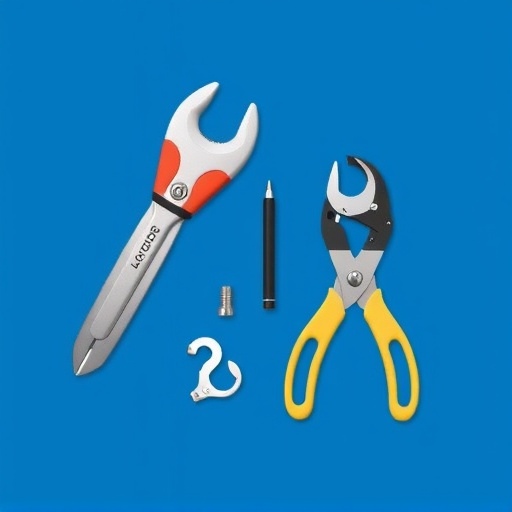
In the realm of collision repair, managing delay concerns is akin to weaving a symphony of efficiency. Streamlining processes is a pivotal strategy to minimize wait times and enhance customer satisfaction. By optimizing workflow, auto body shops can ensure that each vehicle undergoes restoration with swiftness and precision. Implementing digital systems for record-keeping and communication can significantly reduce manual errors and delays caused by traditional paper-based methods.
Moreover, leveraging advanced tools and techniques for auto maintenance can expedite the overall repair process. For instance, utilizing specialized equipment for precise metal welding or implementing computer-aided design (CAD) software for accurate measurements can save valuable time. These innovations not only speed up vehicle restoration but also contribute to the overall quality of the final product, transforming a potentially stressful experience into a seamless journey for clients facing collision-related issues.
Effective Communication for Better Customer Satisfaction During Delays
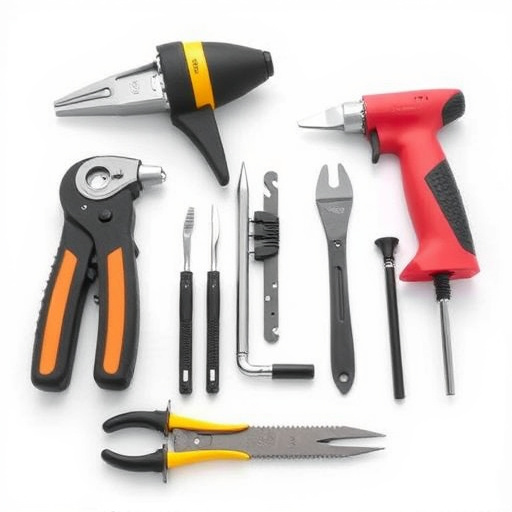
Open and transparent communication is key to managing customer expectations during delays in collision repair. When a fender bender or more severe accident occurs, it’s inevitable that there will be some disruptions to the usual car restoration process. Informing customers about these delays upfront can significantly enhance their satisfaction levels. Shop staff should be trained to offer regular updates and explain the steps being taken, ensuring clients feel involved and understood. A simple, friendly conversation can go a long way in alleviating anxiety and building trust.
For instance, discussing classic car restoration projects often involves unique challenges and delays due to the need for specific parts or techniques. Being upfront about these potential hurdles allows customers to prepare and makes them more receptive to the final outcome. This approach fosters a positive relationship between the repair shop and its clients, ensuring that even during unexpected delays, customer satisfaction remains a top priority.
Managing delay concerns in collision repair is essential for maintaining customer satisfaction and ensuring a smooth process. By understanding common causes, such as parts availability and complex repairs, and implementing streamlined processes, shops can minimize wait times. Effective communication strategies, like providing transparent updates and managing expectations, further enhance the overall customer experience during inevitable delays. These measures contribute to building trust and fostering long-term relationships with clients.
